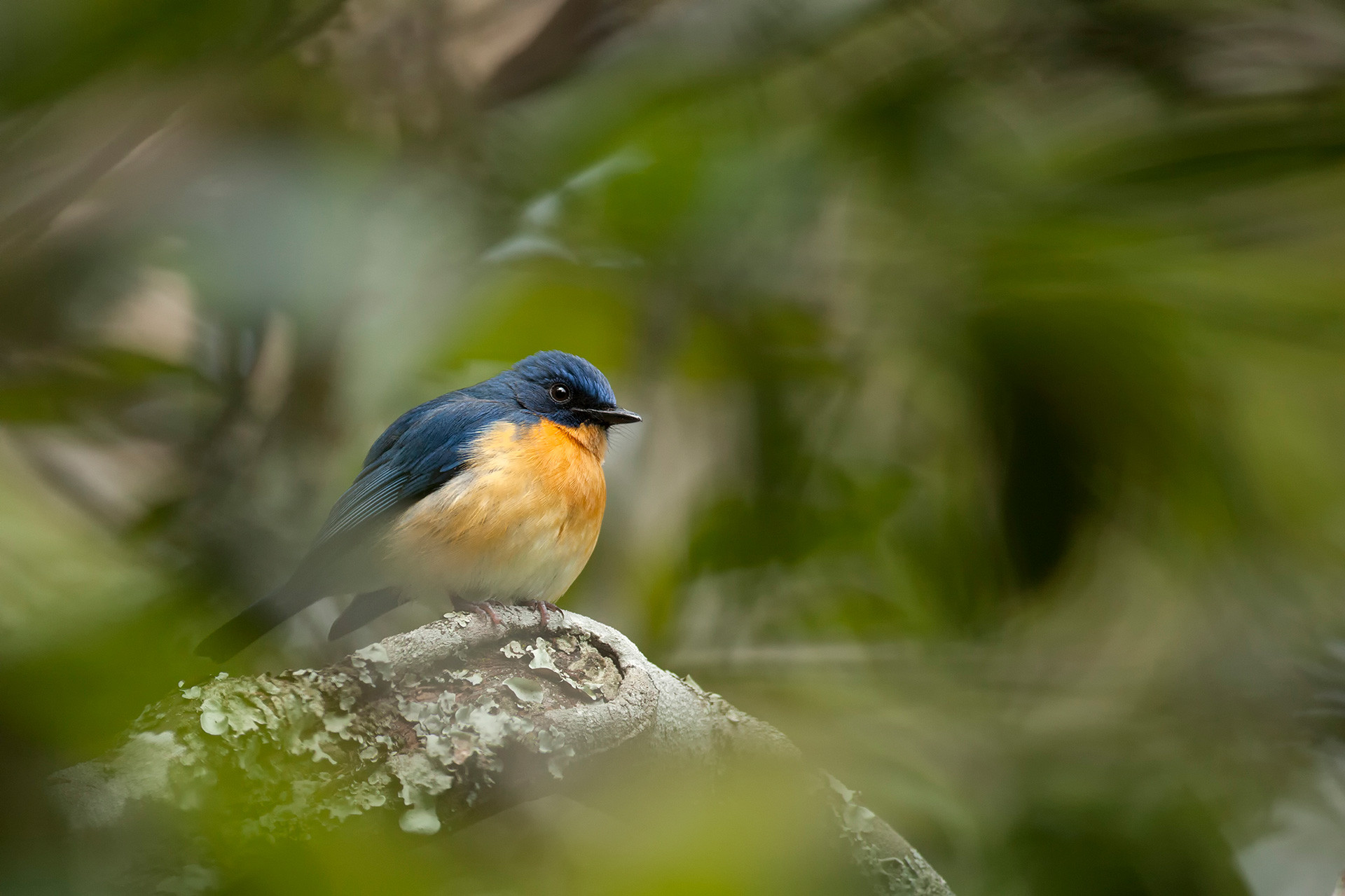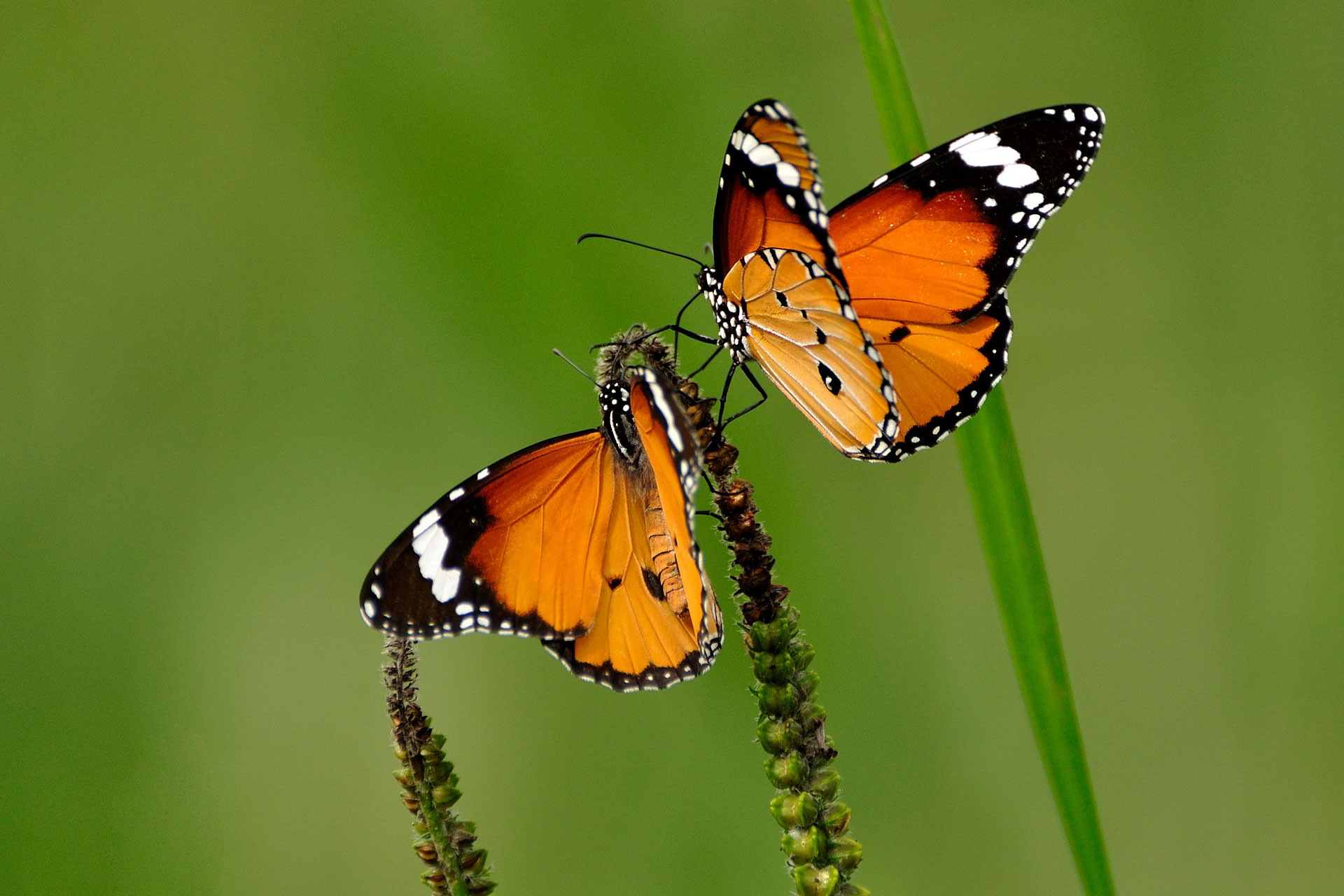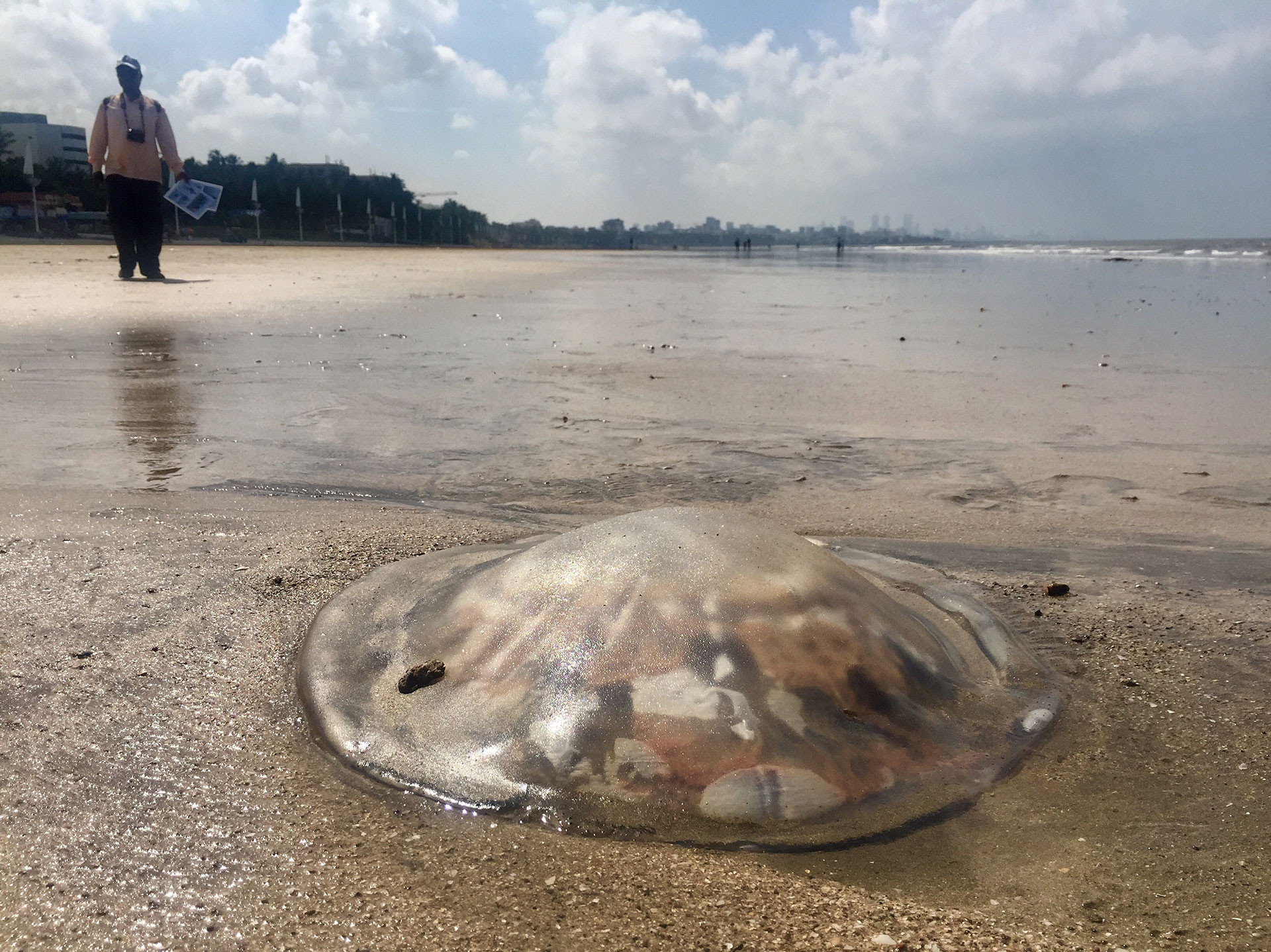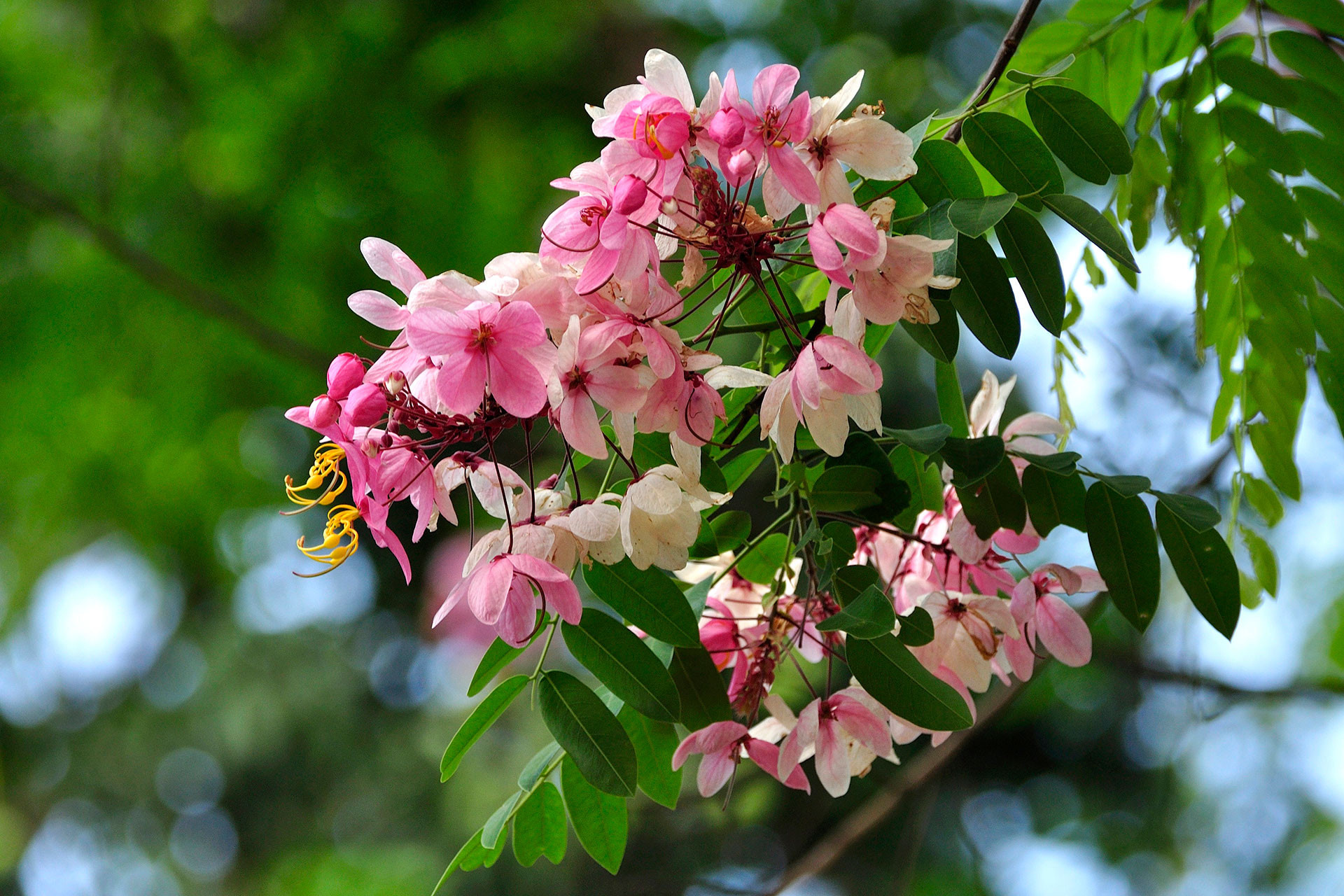How many times have you looked at a bird in your backyard and wondered if you have seen it before? Or stopped to click a photo of a flower that looks unfamiliar? Or wondered if a tree in your neighbourhood is flowering earlier than usual? Did you know that these nonchalant observations are vital data points that can aid researchers in their studies regarding the impacts of climate change, in identifying new species, and in comprehending the distribution of a particular plant/animal? Citizen science programmes help reduce the barrier between the scientific community and citizens while enabling better data collection and better monitoring of the world around us.
Citizen science is not a new concept. It is believed that in the late 1800s, American ornithologist Wells Cooke formed a network of individuals to collect information on bird migration—one of the earliest known examples of a citizen science programme. At the time, volunteers recorded the data on cards. Today, it is far easier to gather precise information thanks to the smartphone and the internet. From reptiles to birds to fireflies—several citizen science programmes in India are looking to add to their ever-expanding database. If you are interested in contributing to citizen science, but wondering where to start, here is a list of active programmes that can help.
Bird Count India
Collecting data on bird populations and distributions, Bird Count India has been amassing a wealth of knowledge from birdwatchers across the country, who upload their observations on eBird. Through specific events like the Pongal Bird Count, Campus & Backyard Bird Count, the database creates comprehensive reports and migration maps. The State of India’s Birds 2020 is a first-of-its-kind collaborative report on frequently seen birds in India. If birdwatching is your favourite hobby, Bird Count India is your citizen science programme of choice.
Butterflies of India
With more than 100,000 images, Butterflies of India provides information on plant-butterfly associations, host plants, distribution and conservation efforts. The programme also conducts events like the National Butterfly Campaign and the Big Butterfly Month to encourage observations and to increase awareness. Even if you are new to the world of butterflies, the website has information on various species and ways to identify them.
Hornbill Watch
These large, charismatic birds are on every photographer’s wishlist. Despite the popularity, there is a lack of awareness about hornbills and the threats they face. Hornbill Watch provides essential information about the species, their distribution, habitats and their conservation status while collecting data on hornbill sightings. The initiative also gives you an opportunity to play a direct role in their conservation, through the Hornbill Nest Adoption Programme.
There are nine hornbill species found in India. Learn more about them here.
Marine Life of Mumbai
Beach walks are all about discovery. Picking up shells of strange shapes and striking colours, dodging agile crabs scuttling towards your feet or finding a new floral species amidst the sand—there is always something new about the beach. The Marine Life of Mumbai project wants you to share this newness with everyone. Raising awareness about the rich biodiversity that thrives on the coasts of Mumbai and getting citizens involved in conservation efforts, the programme has a stunning repository of images of crabs, snails, fish and other aquatic species. As one participant shared with writer Aadya Singh, “What looks like a lifeless part of the sea is actually teeming with life.” Read her article on the initiative and make your beach walks more interesting.
Owl India
Creating a space online for these nocturnal raptors, Owl India has 2.5K contributors sharing owl sightings. The members also frequently share information about seminars and webinars by researchers studying owls. The group has created a vast repository of not just owl images but also behavioural observations. Researchers also request for images to be included in scientific publications. Owl India also has a page on iNaturalist where over 36 species have been recorded.
For photographs, calls and details of 15 owl species found in the Indian subcontinent, click here.
Dragonfly South Asia
If your camera is filled with images of odonates, then Dragonfly South Asia is the citizen science project that you should be paying attention to. Apart from images, the group also shares relevant articles and research papers on dragonflies. With several researchers in the group, the group has become a portal for knowledge sharing and asking questions. The team also conducts virtual meets and workshops that will help you take a deep dive into the world of dragonflies.
Charotar Crocodile Count
Located in Gujarat, the 70sq.km. area in the Charotar region is known for its perfect habitat for reptiles. The Crocodile Count is a volunteer-based citizen science programme that works towards understanding the Mugger Crocodile population in the region and raising awareness about the conservation of wetlands. With several villages situated around the wetlands, the project also aims to highlight the human-crocodile interactions here, showcasing a holistic approach to conservation.
Freshwater Turtles and Tortoises of India (FTTI)
The FTTI group has over 700 recorded observations of the 29 freshwater turtle and tortoise species found in India. The project acts as a one-stop for herpers as well as researchers and students, sharing articles and information about the different species. FTTI also conducts Turtle Spotting Weeks which are dedicated to specific species, increasing awareness about their populations and distribution. FTTI founders Anuja Mital and Sneha Dharwadkar believe that India's freshwater turtles and tortoises can champion our freshwater conservation efforts.
Wild Canids of India
Dedicated to the eight wild canid species and subspecies in India as well as the Striped Hyena, the Wild Canids of India project has been shining a light for the conservation of these lesser-known carnivores. The website provides essential information for species identification as well as a comprehensive understanding of their conservation status through their Conservation Score Cards. The blog section is filled with stories about interesting canid sightings, discussions about their changing habitats, behavioural attributes and the threats they face.
Moths of India
Moths of India is a peer-reviewed resource where you can submit your images of moths with emphasis on their morphological features, habitat, development or observations of their behaviours. The site also provides information for identification and understanding common moth families. For students and researchers, the website shares links to journal articles and other valuable reference materials. Moths of India also encourages local projects and you can get in touch with the team for training and other resources.
SeasonWatch
If the concept of phenology interests you, then you will be pleased to know that there is a way you can directly contribute to building a repository of information about trees in our country. SeasonWatch encourages people to monitor trees in their nearby areas, and record their observations on the SeasonWatch website or using the SW app. The programme has recorded over four lakh observations on trees across species! It has also reached out to students in 1458 schools throughout India, instilling environmental awareness in young minds. The team conducts seasonal events like the Winter and Summer Tree Quests and contributes data to various reports and publications.
Read our story on how SeasonWatch is making the world more perceptive.
FireflyWatch
When tiny specks of light bejewel a tree or the forest floor, you know there are fireflies at work. The glowing insects belong to the Lampyridae family, and the FireflyWatch citizen science programme is documenting information on firefly sightings across the country. FireflyWatch collects data on the location of the sighting and the approximate number of insects observed. You can also share information about the host tree species as well as the firefly species, but this is purely optional. The programme is working on mapping fireflies across India. Participants are encouraged to include observations from the past to shed light on changes in sightings over the years. The programme has documented 100+ sightings so far.
Haven’t had your fill of citizen science projects yet? Perfect, we have a few more. Here are some more citizen science programmes that will keep your cameras busy throughout the year.
And, that’s not all! We have a mini project brewing in our own corner of the internet. If you have photographed a leucistic animal or bird, do share it with us and we will include your submission in our photostory on leucism in the animal kingdom. From nine images when we published the article to 17 images now—the story is quickly becoming a crowd-sourced collection of wild leucistic sightings from the Indian wilderness, and growing every day.














